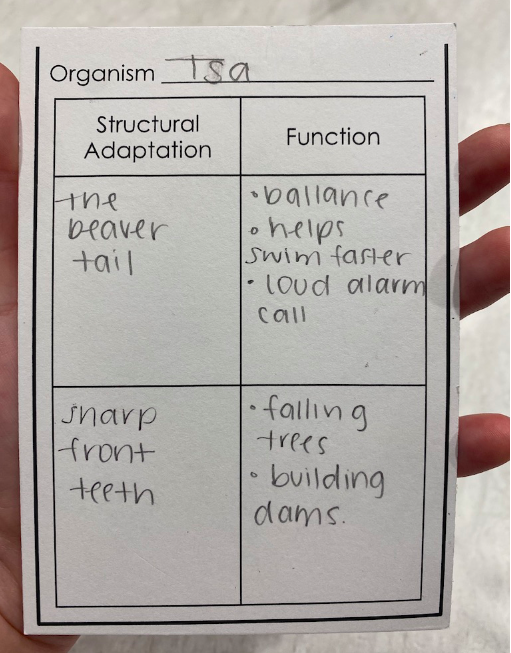My time throughout the education program and now heading into the profession has shown me just how important the core competencies are in the new curriculum. I look at these competencies as key life skills that will help students excel and become successful citizens in our future world.


Throughout this program, I have also noticed my own development in some of the core competency areas. One that comes to mind right away is creative thinking. As I have progressed through my educational journey, I have noticed that curriculum can be taught in many different ways using many different content areas. For example, if I need to teach my students about animal adaptations, I can use local wild animals for a class that loves hunting and the outdoors. If I have a classroom of creative and imaginative thinkers, I might also create a project where the students can create their own animal and show how their imaginary animal has had to adapt to an extreme environment. Focusing on this area of interest would engage their thinking and make the learning meaningful to the students.
Making the curriculum engaging for your students sometimes takes lots of creative and critical thinking. I would like to say that this is an area where I have improved over the last year and a half. It is important to me that my content in the subject areas is relevant and proves context for the students. Sometimes this means thinking about creative projects for students to show their learning and it might also be incorporating the student’s interests.
Creative and critical thinking are important to providing students with learning opportunities that are meaningful and engaging.